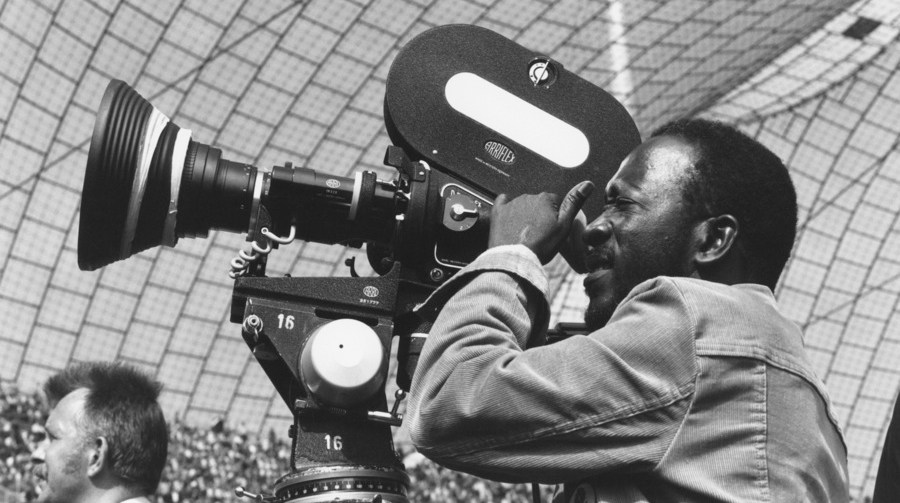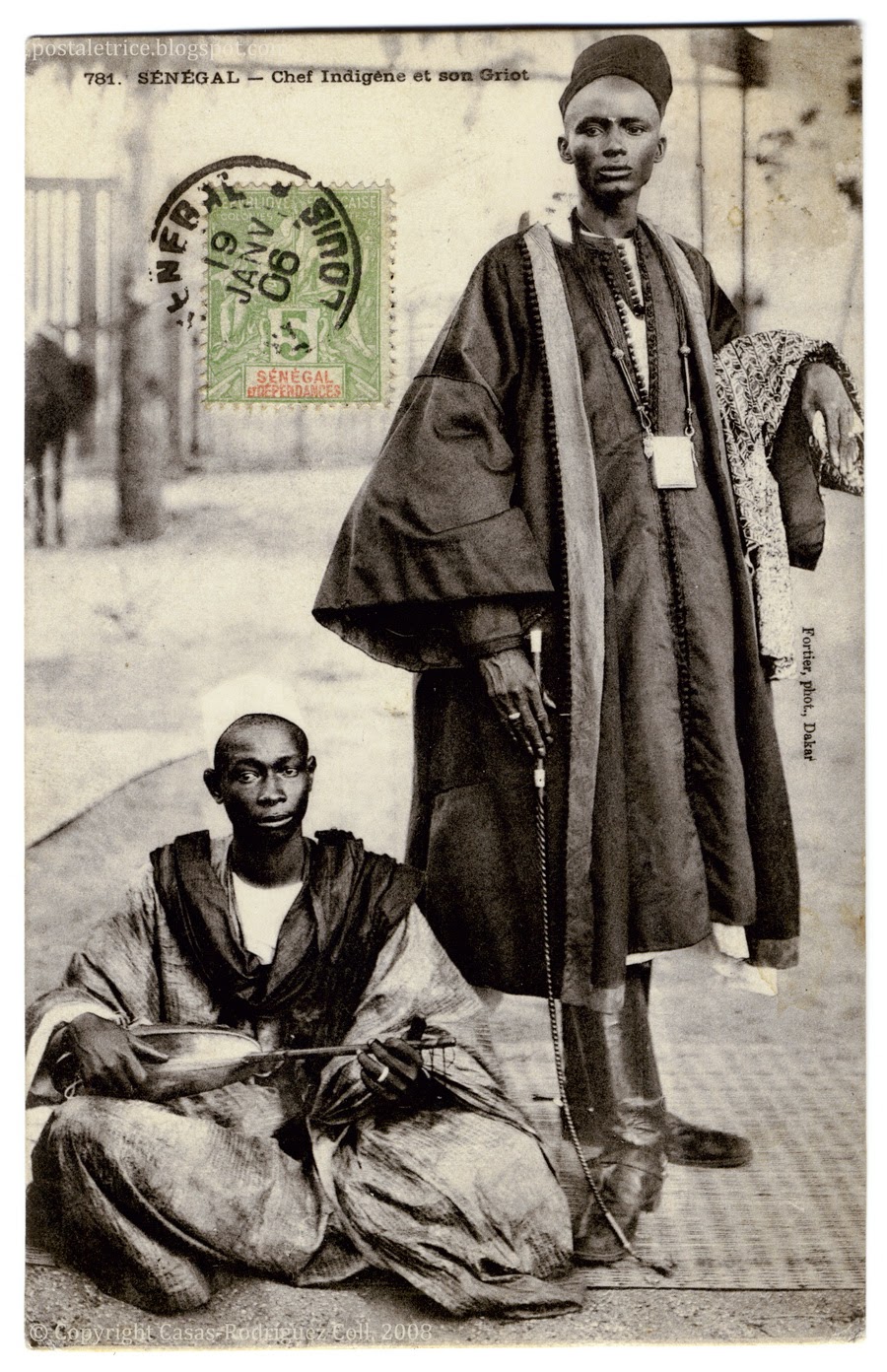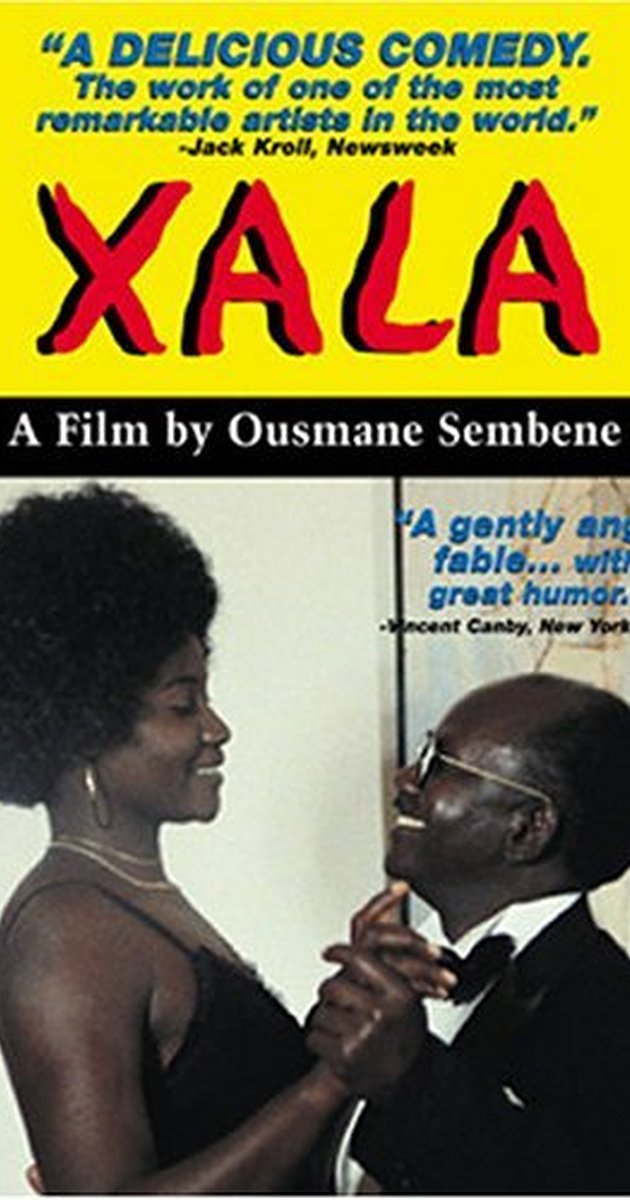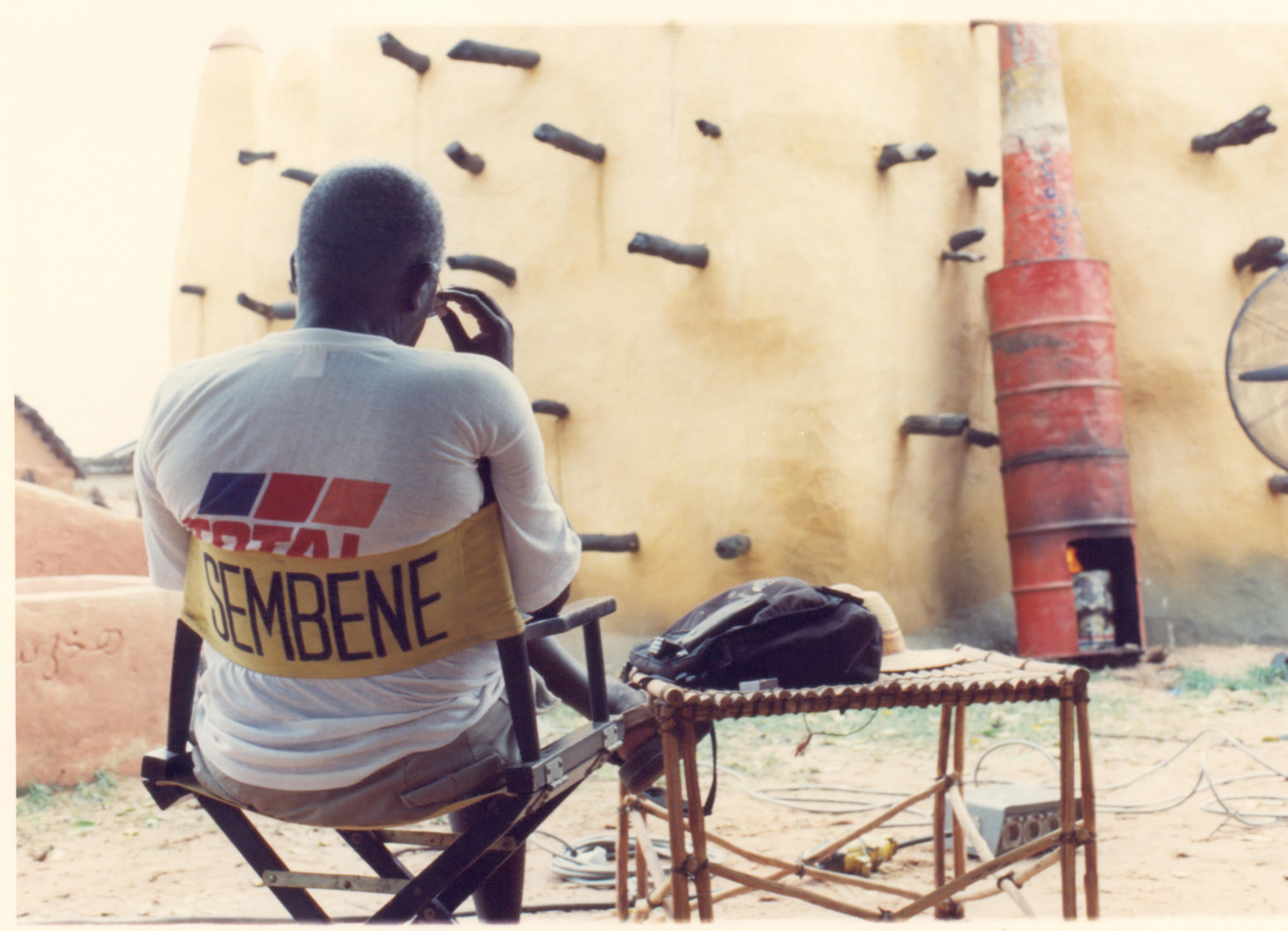An AR (augmented reality) headgear and an African mask both serve as instruments that enable experiences and interactions on another dimension.
One is driven by science and technology and the other by spiritual connections and mysticism.
Introduction to African Masks
In the early 20th Century, artists like Picasso and Derain were inspired by the bold abstract designs in African tribal masks and used them to influence their own styles - Cubism and Fauvism.
However, African masks should be seen as part of a ceremonial costume. They are used in religious and social events to represent the spirits of ancestors or to control the good and evil forces in the community. They come to life, possessed by their spirit in the performance of the dance, and are enhanced by both the music and atmosphere of the occasion. Some combine human and animal features to unite man with his natural environment. This bond with nature is of great importance to Africans and through the ages masks have always been used to express this relationship.
The African Tribal Artist
The artist holds a respected position in African tribal society. It is his job to provide the various masks and sculptures for use in ritual ceremonies. His work is valued for its spiritual, rather than its aesthetic qualities. Art without a 'spiritual dimension', in the broadest sense of the term, never transcends the level of mere craftsmanship and is unable to communicate those elevated emotions that are born from a deeper mystical inspiration.
Skilled craftsmanship, fine detail and quality of finish are of great importance. Highly polished surfaces, which represent a youthful healthy skin, reflect the idea of beauty and virtue, while rough dirty surfaces suggest fear and evil. Many African carvings portray the idealized human figure in its prime, brimming with health, strength, and celebrating fertility or virility.
The African tribal artist's training, which may last many years, involves the knowledge of traditional carving techniques and how these apply to the social and religious objects he creates. His craft can be learned as an apprentice in the workshop of a master carver, or sometimes these skills are passed down from father to son through many generations of his family.
Although African masks are made from a variety of materials including bronze, copper and ivory, the majority of masks and sculptures, however, are made of wood for two reasons:
1. Trees are in plentiful supply in the forest.
2. The carver believes that the tree has a spiritual soul and its wood is the most natural home for the spirit in the mask.
Before any tree is cut down, a sacrifice may be offered as a mark of respect to the spirit of the tree requesting its permission for the carving. The life of the tree is governed by the same natural and supernatural forces that inspire the artist and his community. This type of ritual is common to many cultures that have a close spiritual bond with nature.
The tools used to make a carving - traditionally the Adze - are also endowed with their own particular spirits.
When tools are passed down through different generations, they sometimes inherit the spirit and skills of their previous owners. They, like the artist, his carving, and the tree from which it came, are all part of that 'oneness' of nature - the ecological vision that informs all African tribal culture.
The DOGON TRIBE (West Africa)
The Dogon with ceremonial masks.
Similar to other African tribes, Dogon masks evoke the behavior of animals that are common in the area - antelopes, hares, lions, hyenas, cows, birds and monkeys.
Monkey Mask from West Africa.
The Dogon utilize three types of monkey masks, which are identified solely by their color rather than their shape. Dege is the black monkey, while the white monkey is known as Omono, and the red monkey is called Ko.
The myths of all are not identified, but it is known that the black monkey (Dege) represents wild, uncivilized, dangerous, and antisocial behavior – the direct opposite of the Dogons’ beliefs about the way a proper, solid, upstanding Dogon person is expected to behave.
More info on African Masks
http://www.artyfactory.com/africanmasks/information/african-mask-functions.htm












